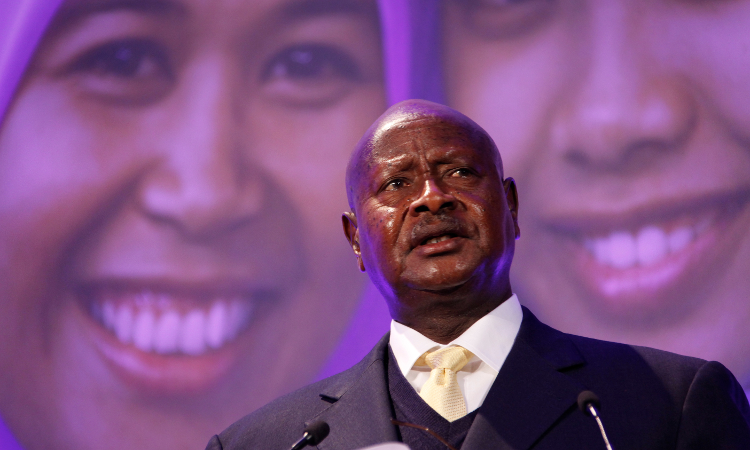Quoting Kesavananda Bharati And Minerva Mills Uganda SC Holds Const. Amendment Removing Presidential Age Limit Does Not Violate Basic Structure
Ashok Kini
26 April 2019 9:30 AM IST

"The removal did not in any way negate the people's power to choose a leader of their choice. If anything it just increased the spectrum of the people's choice."
Next Story


